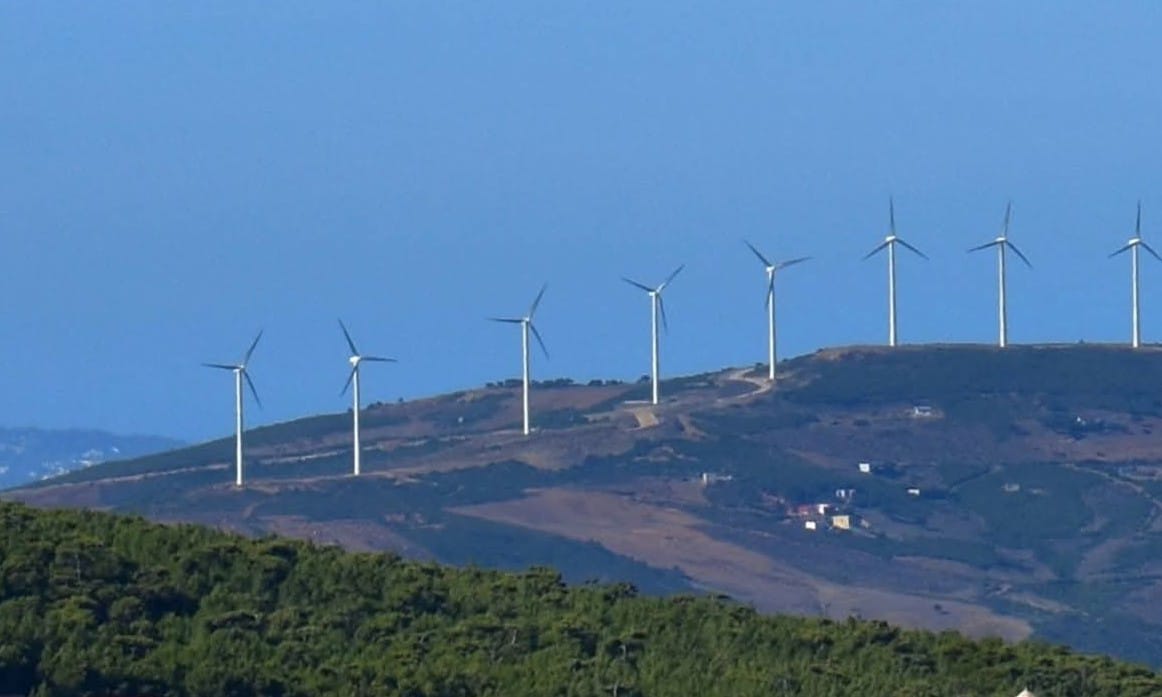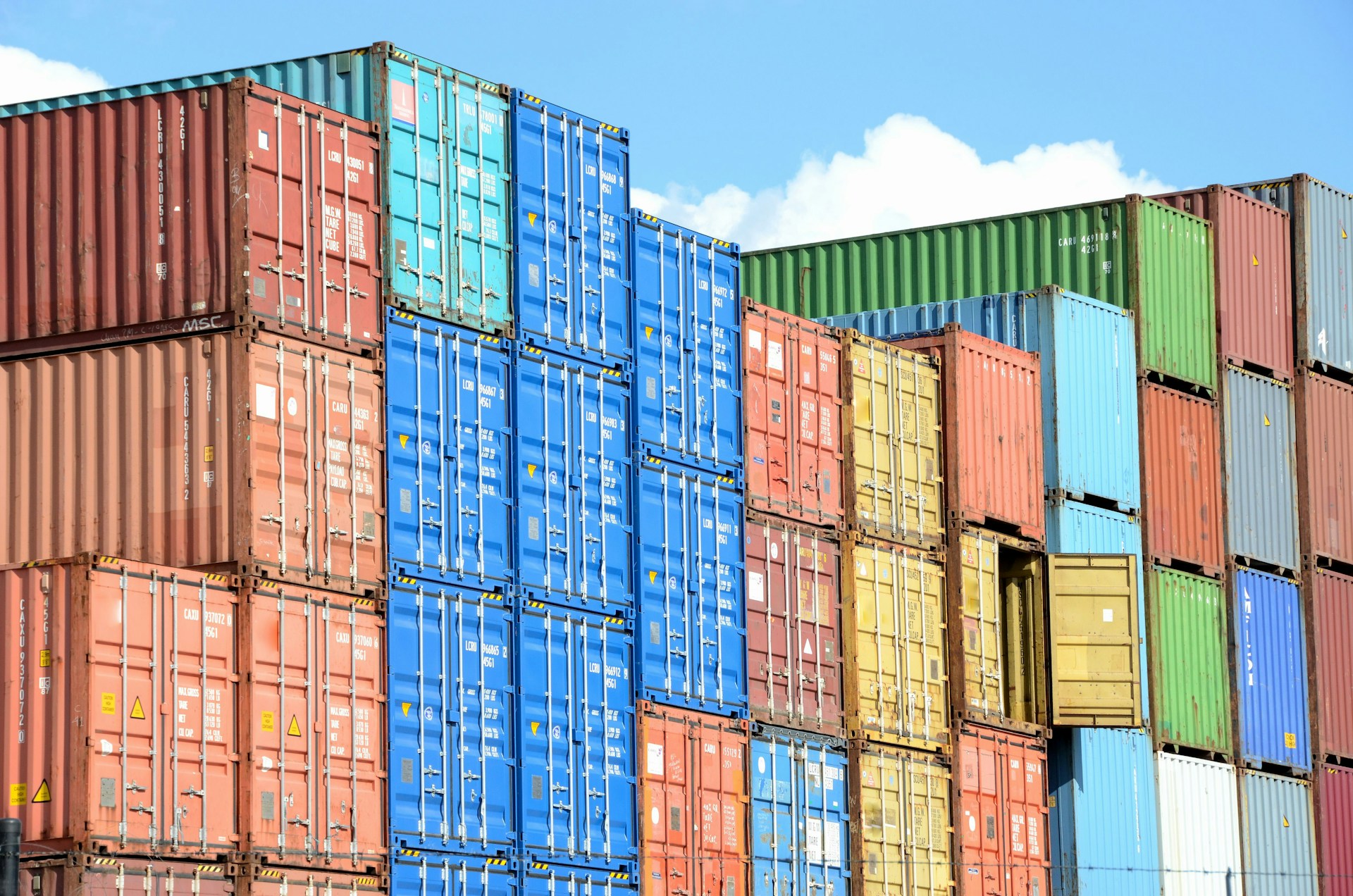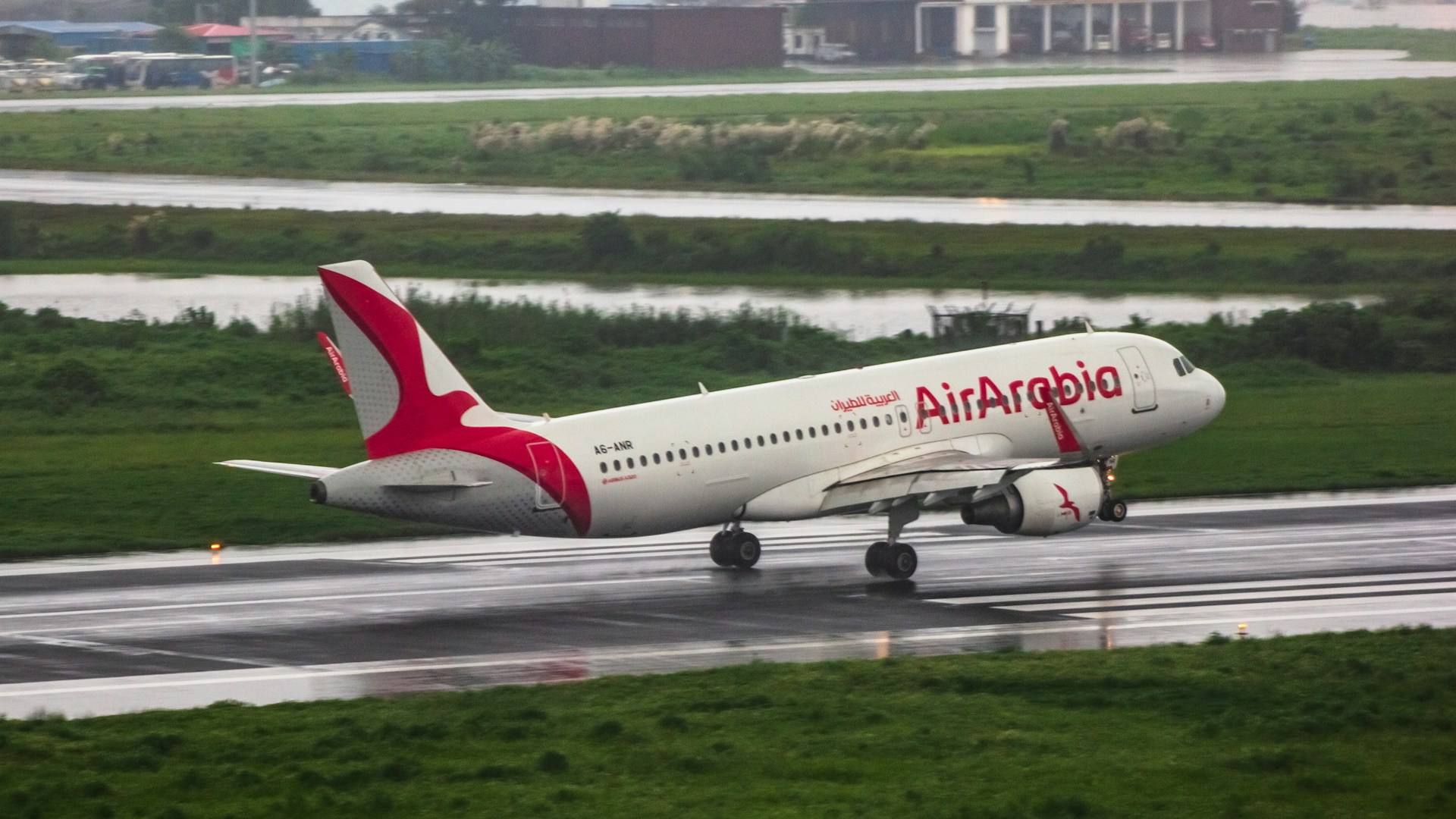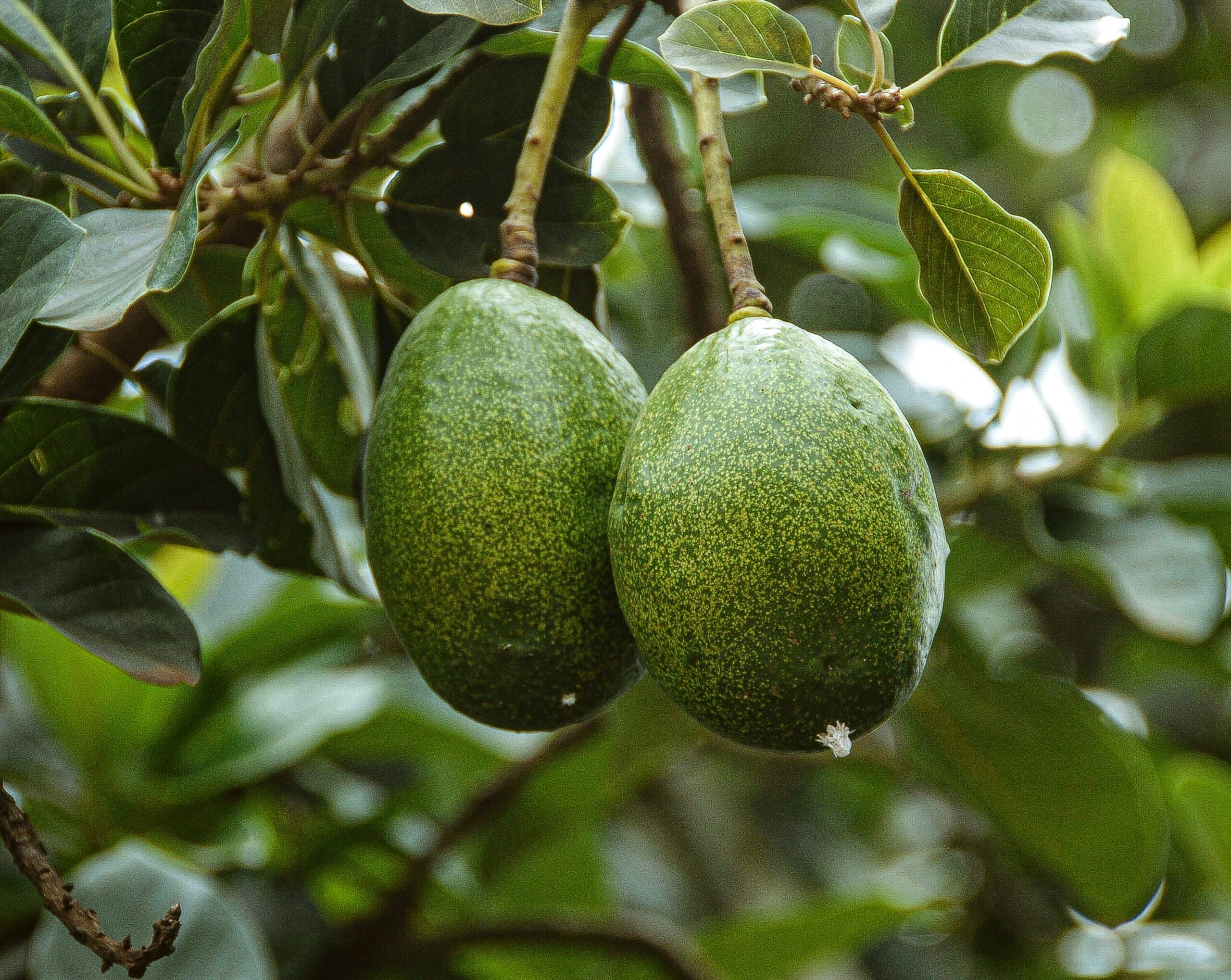Casablanca – Morocco’s trade deficit has seen a significant widening of 22.1% by the end of February 2025, reaching $5.07 billion, compared to the same period last year. This development, reported by the Foreign Exchange Office, signals increasing pressure on Morocco’s external trade balance amid a combination of higher imports and stagnant exports.
The widening of the deficit is largely driven by a 7.4% increase in imports, which reached a total of $12.42 billion. In contrast, exports slightly declined by 0.8%, totaling $7.34 billion. As a result, Morocco’s trade coverage ratio—which measures the proportion of imports covered by exports—dropped significantly by 4.9 percentage points, settling at 59.1% by the end of February 2025, down from 64% a year ago.
Surge in imports across multiple sectors
The surge in imports has been observed across several key sectors, underscoring the growing demand for both consumer and industrial products. Raw materials saw a notable increase of 23.5%, amounting to $615 million, reflecting Morocco’s growing reliance on imported inputs for domestic production. Similarly, imports of food products grew by 13.3%, totaling $1.65 billion, reflecting rising demand in the food sector. Other sectors also saw significant rises, with manufactured consumer goods increasing by 10.1% to $2.86 billion and manufactured capital goods seeing an 8.7% rise to $2.86 billion.
The semi-finished products sector also experienced a 3% rise, reaching $2.58 billion. This increase in imports is indicative of Morocco’s continuing reliance on imported materials for manufacturing and production processes, as well as growing demand in key sectors like automotive and machinery.
Export performance affected by several sectors
On the export side, Morocco’s overall performance was weaker, with a 0.8% decline in total exports. However, certain sectors showed resilience despite the overall downturn. The aerospace industry, for example, continued its positive trajectory, posting a 10.3% increase in exports, amounting to $451 million. This growth is attributed to higher sales in both assembly operations and Electrical Wiring Interconnection Systems (EWIS), which saw an increase of 8.6% and 13.6%, respectively.
The phosphate sector also performed well, with exports rising by 6.3% to $1.15 billion. This growth was driven by an increase in sales of fertilizers (both natural and chemical), raw phosphates, and phosphoric acid. However, despite these positive performances, Morocco’s overall export figures were unable to offset the strong rise in imports.
In contrast, the automotive sector, which is one of Morocco’s major contributors to exports, faced a downturn. Exports from the automotive sector declined by 8.2%, amounting to $2.36 billion. This decline was mainly attributed to a drop in vehicle construction exports, which fell by $245 million, despite an increase in wiring harness exports by $2.8 million.
Other sectors also faced challenges, with agriculture and agro-food exports declining by 4%, amounting to $1.74 billion, and electronics and electricity exports falling by 15% to $268 million. On the other hand, textile and leather exports showed a modest gain of 0.8%, reaching $736 million.
Outlook and challenges for Morocco’s trade balance
The widening trade deficit reflects ongoing pressures on Morocco’s foreign trade balance. The increase in imports, especially in raw materials and consumer goods, highlights a growing dependence on foreign supplies, while the stagnation in exports raises concerns about the competitiveness of key Moroccan industries in global markets.
Despite the challenges, there have been efforts to improve specific sectors, such as aerospace and phosphates, which continue to show growth. However, Morocco’s trade deficit continues to be a critical issue that requires a careful balancing act between boosting exports and controlling the growing demand for imports.
In light of these developments, Morocco’s government may need to consider additional measures to support its export sectors, particularly those facing significant global competition. Strengthening the value-added industries, fostering innovation, and improving the ease of doing business could help address these challenges and reduce the country’s reliance on imports.
As Morocco navigates these trade challenges, the situation remains dynamic, and the evolving global economic context will play a key role in shaping the country’s future trade performance.
















